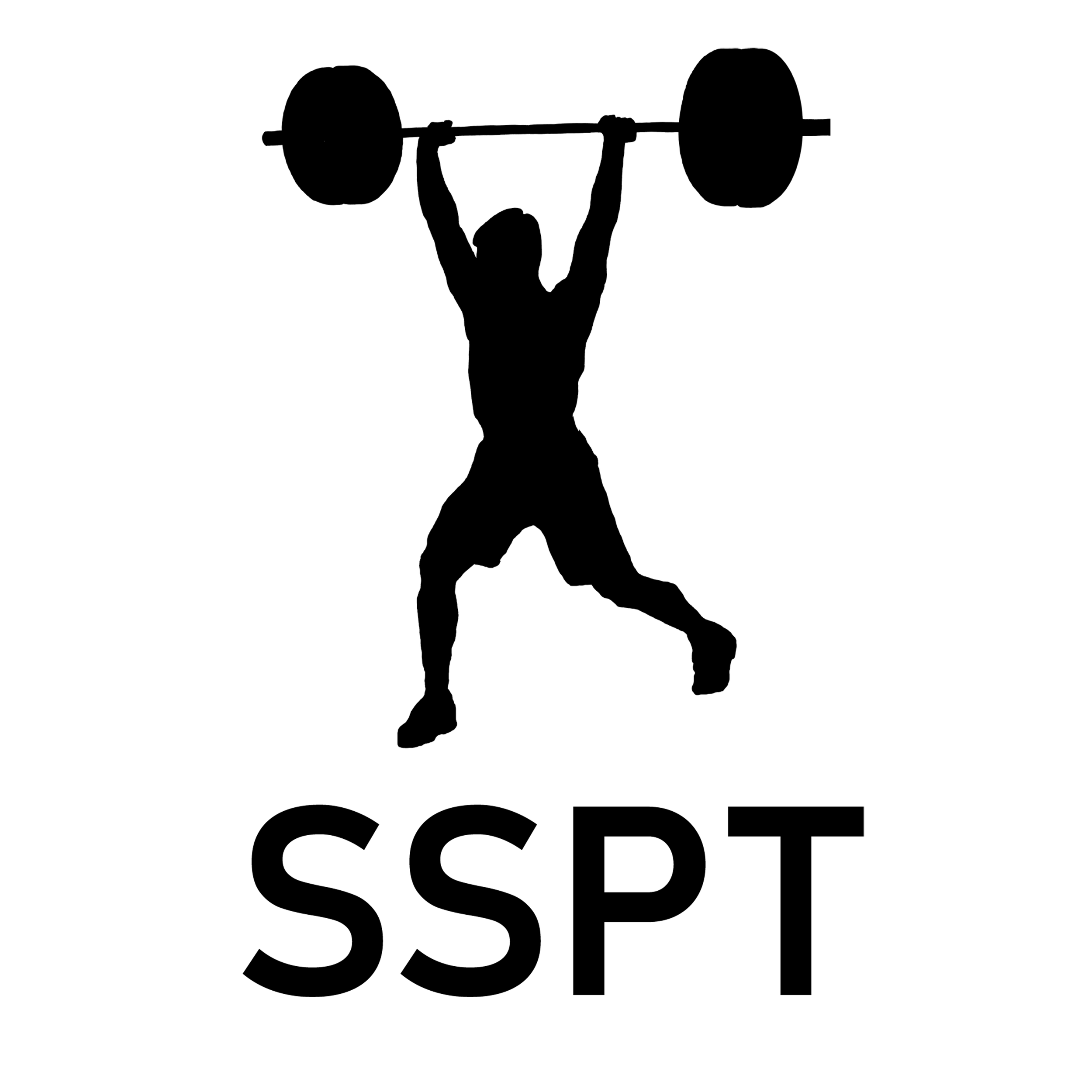Tennis: Why you Should Warm up Properly! ...and How to Prevent Shoulder Injuries
Shoulder Injuries can happen to anyone… but are very common in racket sports such as tennis.
Common Injuries in Tennis:
-Rotator cuff Strains
-Labral Tears
-Acromioclavicular Sprains
-Shoulder Impingement
-Capsular Restrictions
-Bone Bruising
- Muscle Strains
- Tendon/ Ligament Sprain
What can I do to prevent these tennis injuries?
Answer: Focus on the “The Big 3”
A Proper Warm Up
Cooling Down after a match, practice or workout
Performing Strength and Flexibility Exercises as part of your routine training
How can I incorporate proper injury prevention strategies into my tennis routine?
Answer:…..keep reading!)
What does a good tennis Warm Up look like?
-Warm up: Emphasis on light cardio before you start
The main purpose for each of these steps are not as simple as you may think. Firstly when you begin with cardio before hitting the ball it. It starts by increasing your heart rate and blood flow which delivers oxygen and nutrients to your muscles more efficiently. It also warms up the joints to help make them more flexible and more responsive to movement since tennis has a high degree of repetitive and dynamic motion.
-Warm up: Dynamic Stretches
The dynamic stretches have a huge impact on the body for many good reasons such as 1.) improving flexibility, and 2.) It has been shown to be better at preventing injuries than static stretching (when done prior to activity). 3.) It has also been known to improve performance.
-Warm up: Resistance band
Using Resistance bands is widely known to build strength and along with improving resistance. It has also been proven to be very effective and safe for point pain and individuals recovering from injuries.
Begin with a 3-5 minute cardio session:
Side Shuffling (Along the Baseline, side to side) Back and forth once or twice
Cross overs (Along the Baseline, side to side) Back and forth once or twice
High Knees and Butt Kicks ( Along the Baseline, Back/forth) Back and forth once or twice
Lateral Band Walks (Along the Baseline, side to side) Back and forth once or twice
Band pull a parts 10x3
Shadow Swings 10x2
What does a good Tennis Player’s Cool Down look like?
A cool down can begin with a very light jog between 2-3 minutes or an alternatively, using a stationary bike around the same time frame to loosen those muscles up. Secondly, we can do stretches for the muscles that focus on the Legs, Shoulders and Lower back. Lastly, this is a great opportunity for some foam rolling, ideally spending around 2-3 on each muscle from the calves to lats.
What does a good Tennis player’s Training routine look like?
The most common resistance training that most high level tennis players do is HIIT training. HIIT stands for High Intensity Interval Training which lasts between 15 seconds to 4 minutes. With a rest period between 15 to 3 minutes. A common example of Resistance training is doing explosive sprinting on a treadmill or outside on a hill. Another example would be box jumps since not only it improves resistance but your strength as well. This helps work the muscles and energy systems required for the high speed nature of tennis.
What are some common upper body exercises that tennis players do in the gym ?
Example A: Dumbbell Shoulder Press
Builds shoulder strength for serves and overhead shots.
Example B: Lat Pulldown or Pull-Ups
Strengthens the back for powerful groundstrokes and better posture.
What are some common lower body exercises that tennis players do in the gym?
Example A: Squats (Back or Goblet)
Improves leg drive, balance, and explosive movement.
Example B: Lunges (Forward, Reverse, or Lateral)
Helps with directional movement and stability during split steps and change of direction.
What are some common core exercises that tennis players do in the gym?
Example A: Landmine Rotations (Rotational)
Trains rotational strength, shoulder injury prevention, trains core muscles
Example B: Rotational band Work (Rotational)
Trains core power, shoulder health, hip power
Example C: Med Ball Throws (Rotational)
Develops explosive trunk rotation and power.
Example D: Planks (Front or Side)
Builds stability needed for consistent, controlled strokes.
Example E: Russian Twists (Rotational)
Trains rotational power used in forehands, backhands, and serves.
What does a good Tennis player’s Flexibility Training routine look like?
Flexibility training starts with static stretches, which are usually held for 30+ seconds. Tennis players also use dynamic stretches, which involve more movement such as leg and arm swings in order to take your body to the limit of range in your motion.
What are some common stretches that tennis players will do?
Example A: Hamstring Stretch
Helps with sprinting, lunging, and preventing lower-back tightness.
Example B: Shoulder Cross-Body Stretch
Improves shoulder mobility and reduces strain from serving and groundstrokes.
Example C: Hip Flexor / Lunge Stretch
Increases hip mobility for better movement, recovery, and split-step explosiveness.
Author: Joseph Renfrow
Follow for more tips!
Youtube Channel: https://www.youtube.com/@Joethepro814/

